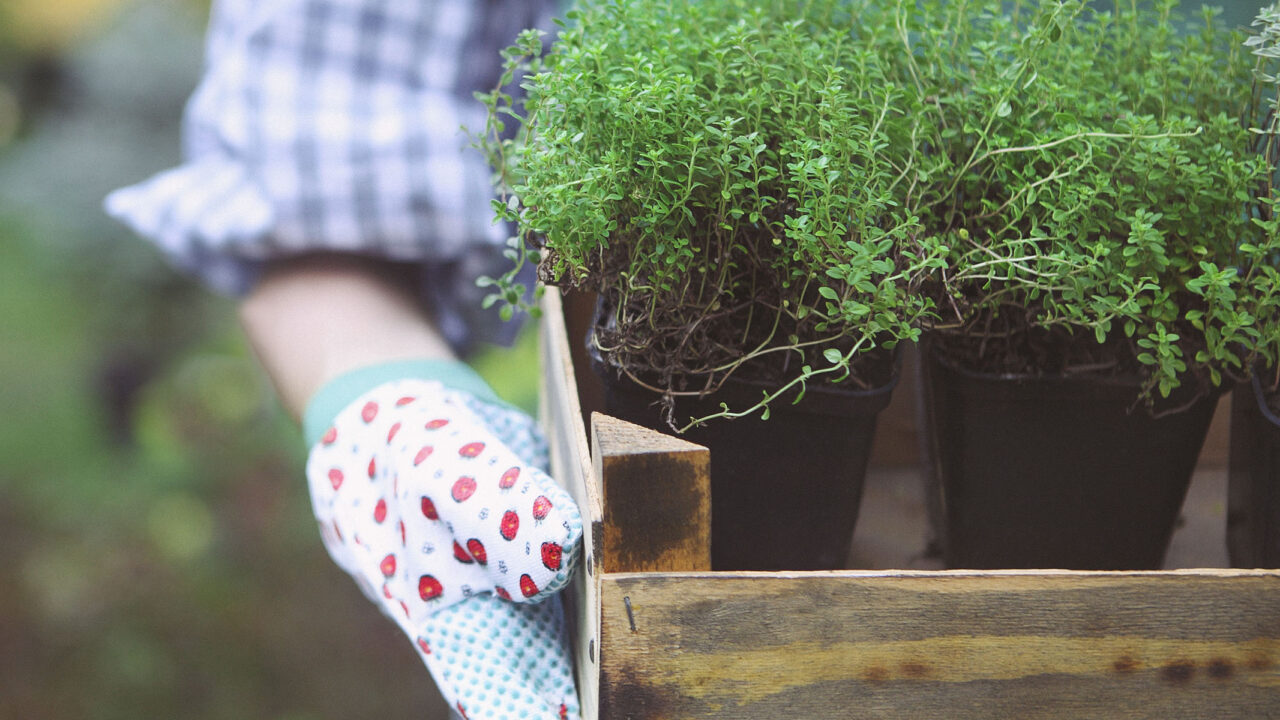Characteristics
| Hardiness zone | 2a |
|---|---|
| Flower color | fuchsia |
| Foliage type | evergreen |
| Plant form | round |
| Mature height | 4 inches |
| Spread | 3 inches |
| Light requirements | full sun |
| Moisture requirements | dry |
| Plant origin | North American native |
Houston's favorite garden center devoted to Texas native plants and organic gardening.
Botanical name: Coryphantha vivipara
Small in stature, this variety features round or oblong shaped growth with white spines arranged in star-shaped patterns; presents beautiful fuchsia colored blooms in mid spring; prefers dry, sandy conditions; easy to grow and low maintenance.
Other names: Beehive Cactus
| Hardiness zone | 2a |
|---|---|
| Flower color | fuchsia |
| Foliage type | evergreen |
| Plant form | round |
| Mature height | 4 inches |
| Spread | 3 inches |
| Light requirements | full sun |
| Moisture requirements | dry |
| Plant origin | North American native |
Pincushion Cactus has fuchsia trumpet-shaped flowers with yellow throats and white anthers at the ends of the stems in mid spring, which are interesting on close inspection. Its attractive succulent round leaves remain dark green in color with pointy white spines throughout the year. The fruit is not ornamentally significant.
Pincushion Cactus is an open herbaceous evergreen perennial with a more or less rounded form. Its medium texture blends into the garden, but can always be balanced by a couple of finer or coarser plants for an effective composition.
This is a relatively low maintenance plant, and should never be pruned except to remove any dieback, as it tends not to take pruning well. It has no significant negative characteristics.
Pincushion Cactus is recommended for the following landscape applications;
Rock/Alpine Gardens
Pincushion Cactus will grow to be only 4 inches tall at maturity, with a spread of 3 inches. Its foliage tends to remain low and dense right to the ground. It grows at a slow rate, and under ideal conditions can be expected to live for approximately 5 years.
This plant should only be grown in full sunlight. It requires an extremely dry, well-drained growing location, and will usually die in standing water. It is considered to be drought-tolerant, and thus makes an ideal choice for a low-water garden or xeriscape application. It is not particular as to soil pH, but grows best in sandy soils. It is somewhat tolerant of urban pollution. Consider covering it with a thick layer of mulch in winter to protect it in exposed locations or colder microclimates. This species is native to parts of North America.
